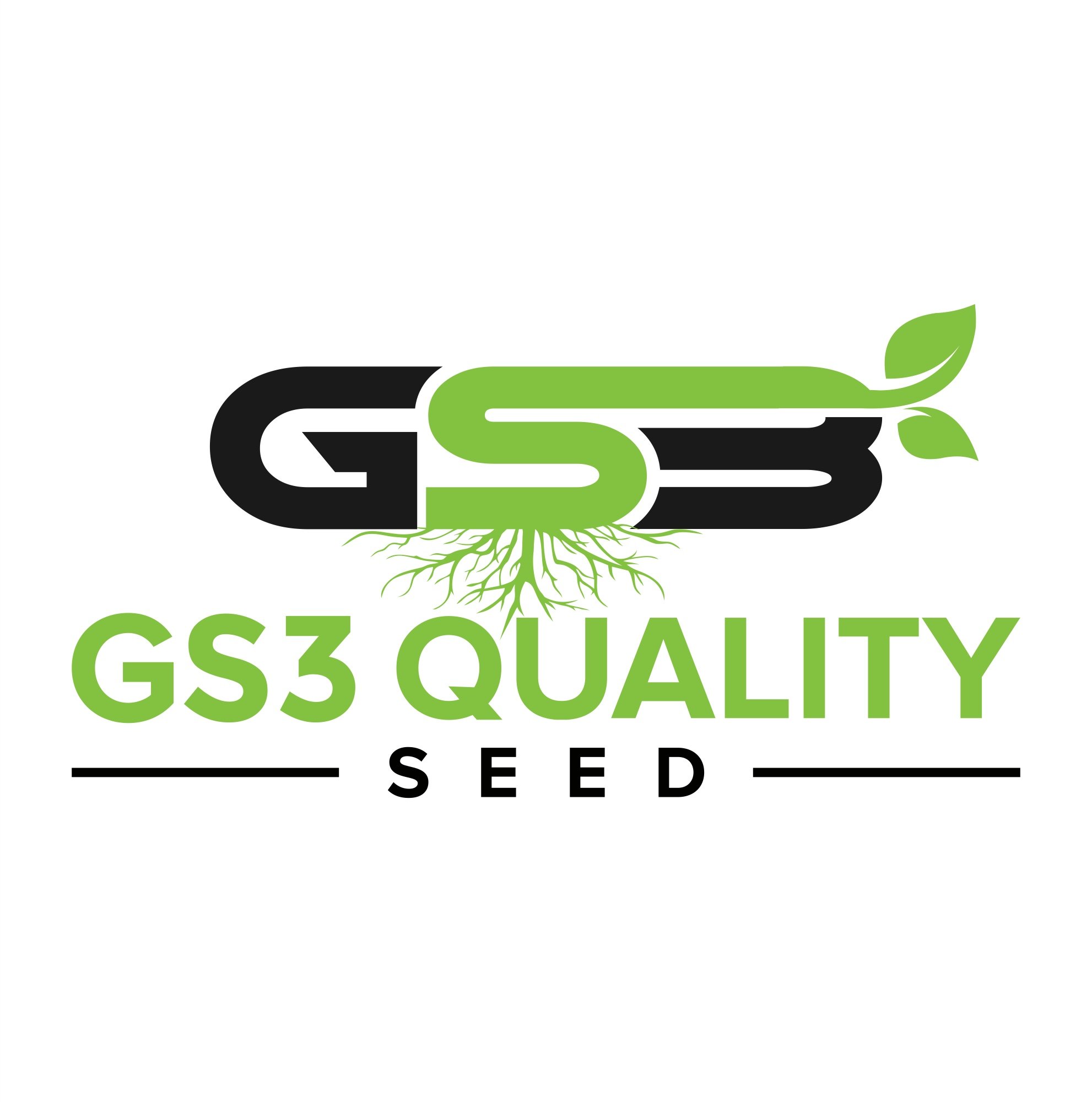Annual Ryegrass Cover Crop Fact Sheet
Seeding of annual ryegrass as a midwest cover crop
Planting annual ryegrass as a cover crop is a relatively new practice in the Midwest. There are several planting management decisions which will affect the risk and the likelihood of a successful experience.
- Seeding date – The ideal time to plant annual ryegrass is from the middle of August to the end of September. Seeding up to mid October is possible but more weather dependent, especially in the Central Corn Belt. Annual ryegrass will germinate in 7-10 days with sufficient soil moisture. Dry soil conditions will delay germination and early growth. Ideally annual ryegrass needs 60 days of growth before a hard killing frost. A dormant seeding in December through February is also a possibility (but not the preferred method).
- Seeding method & depth – The preferred method to seed annual ryegrass is with a no-till drill (main box works fine) about 1/4 to 3/8” deep. This provides optimal seed to soil contact. Other options include, mixing seed with fertilizer and using an airflow or broadcasting with a fertilizer spinner. Running a fluffing harrow (like a Phillips or Phoenix) after the airflow or broadcasting will improve seed placement. However, dry soil conditions will still delay germination and early growth. Annual ryegrass seed is lighter than fertilizer and will not spread as far with a spinner (will need to split the middles to get uniform application). Aerial seeding (airplane or high-boy sprayer with electric-motor spinner) into a standing crop just prior to leaf drop in beans and in corn as leaves dry down. This option establishes the cover crop early but results may be disappointing without rainfall. All of these seeding methods will work (with rain) though some are more efficient than others. However, in dry soil conditions or if seeding in October, it is highly recommended that a drill be used.
- Seeding rate – Annual ryegrass is normally seeded at 10-15 lbs/ac. Increase the seeding rate to 22-25 lbs/ac if aerially seeding or using a dormant seeding and 18-25lbs/ac if broadcasting or if seeding in October. For setting drills to seed annual ryegrass, use the recommended setting for tall fescue at 15 lbs/ac. This equals annual ryegrass at 20 lb/ac.
- Burndown – If winter annuals are present at planting time, then a burndown herbicide should be applied prior to planting the annual ryegrass. Winter annuals will compete aggressively with the annual ryegrass the following spring if they have germinated prior to seeding annual ryegrass.
- Nitrogen – Depending on soil conditions, you may apply up to 50 lb/ac of Nitrogen (DAP works well) to stimulate fall growth. This is especially important if seeding in October.
- Expected growth – If properly seeded (instructions above followed) one can expect to see 2-4” of top growth before a hard killing frost. Snow cover in northern areas will help protect annual ryegrass from winterkill. Even a thin stand with little fall growth may tiller and with good weather conditions in the spring may reach 4-8” in height by the second week of April. This is ideal time for the burndown to be applied.
CAUTION
Annual ryegrass may persist without proper management. Avoid using annual ryegrass in fields with wheat in the crop rotation unless a high level of management is used.
Annual ryegrass should never be allowed to head out and go to seed.
